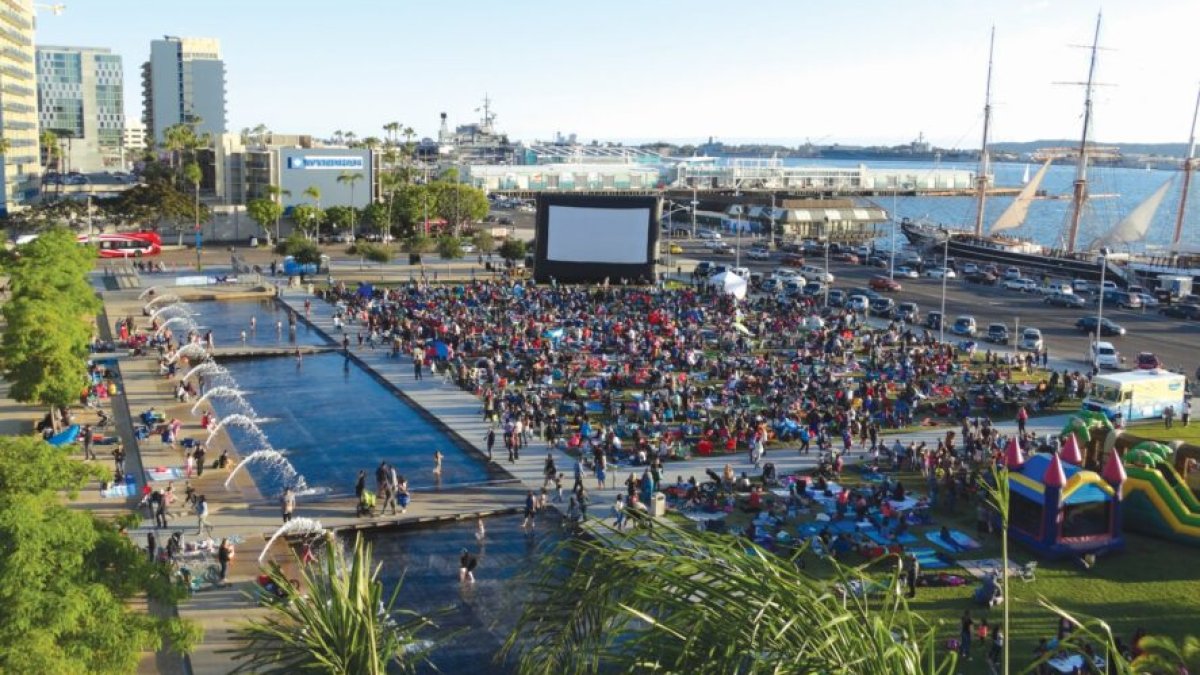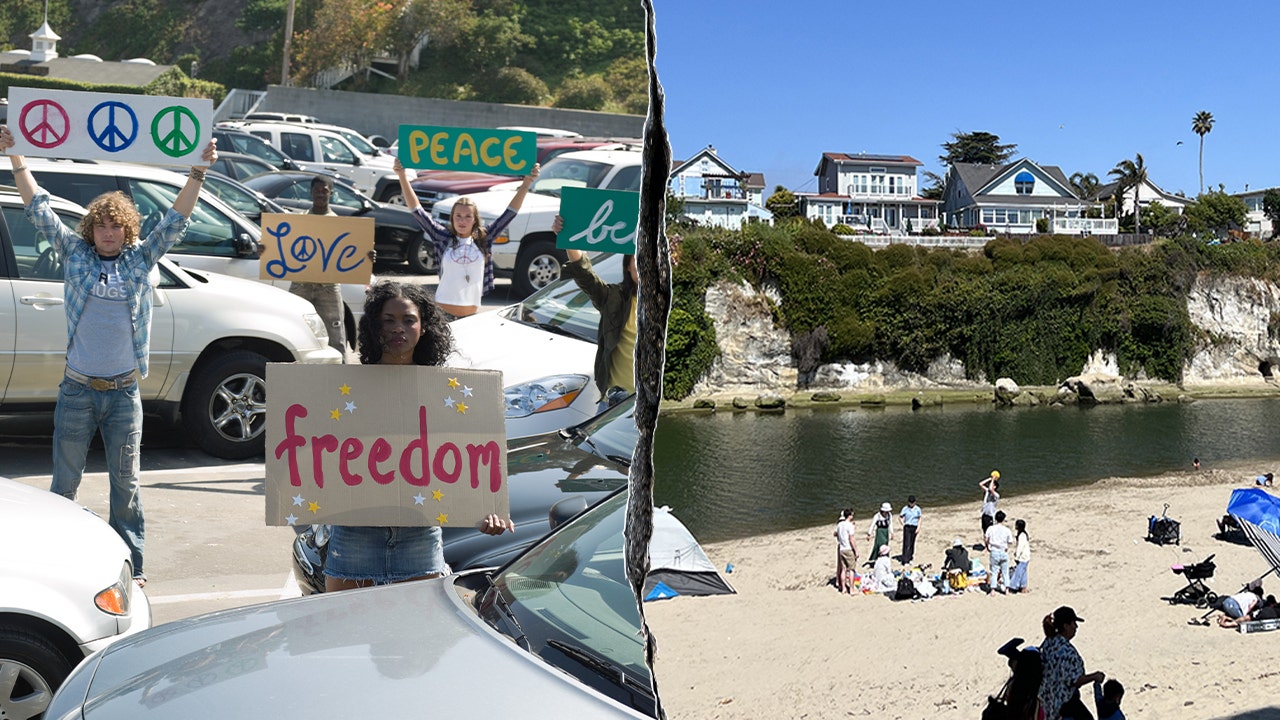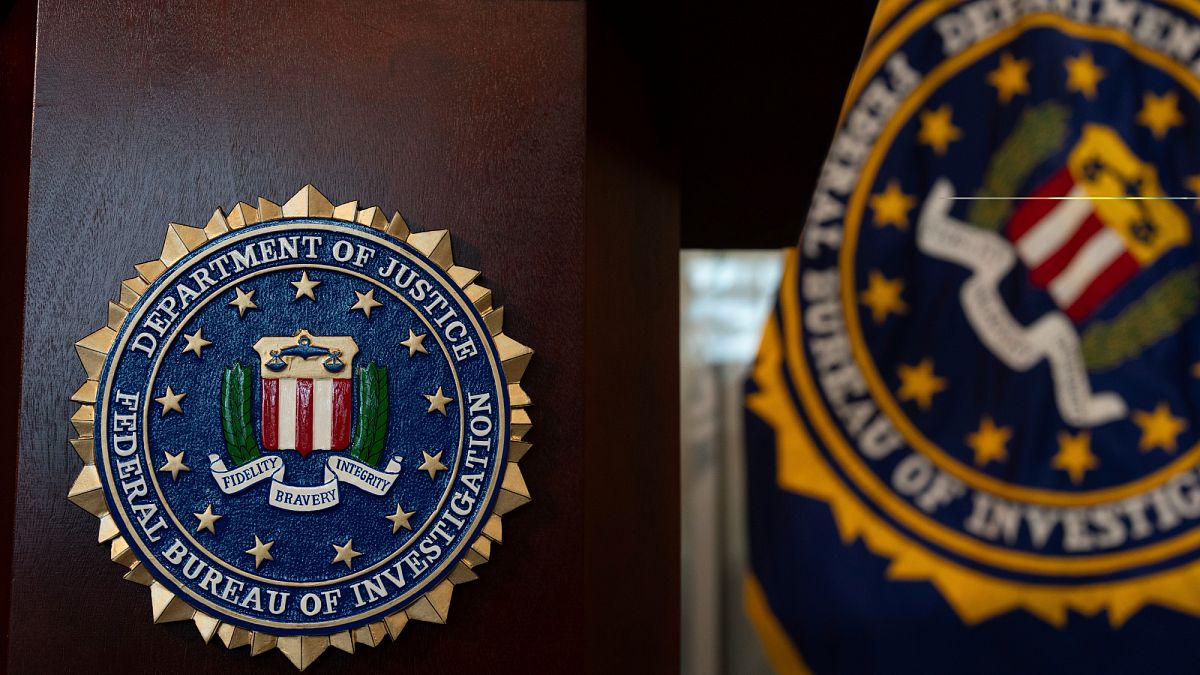Karol Nawrocki, Poland’s newly elected president, is expected to block Prime Minister Donald Tusk’s pro-EU reform agenda and offer fresh impetus to rightwing populists across the continent.
In a narrow run-off victory on Sunday, Nawrocki — a historian and political newcomer representing the nationalist Law and Justice (PiS) party — defeated Warsaw mayor Rafał Trzaskowski, the candidate backed by Tusk’s centre-right Civic Coalition, with a vote margin of less than 2 per cent.
Nawrocki’s win is likely to exacerbate tensions between the presidency and government, scuppering a judicial overhaul that Tusk had pledged in 2023 in return for Brussels releasing billions of EU funds that were frozen during a rule of law dispute with the previous PiS government.
Nawrocki, an amateur boxer and self-confessed football hooligan from Gdańsk who has never held elected office, is expected to be more combative than outgoing President Andrzej Duda, another PiS nominee who frequently used his veto rights to block Tusk’s bills.
“He will be much worse for Tusk than Duda,” said Adam Leszczyński, director of the Gabriel Narutowicz Institute of Political Thought, a government-affiliated think-tank.
“He is much more extreme in his views and he is coming into this presidency with a lot of resentment, after really getting a very personal beating from Tusk and his allies during the campaign.”
Nawrocki’s win is a big defeat for Tusk, whose own return to power less than two years ago was hailed by many as a breakthrough that would restore Warsaw’s standing in the EU at a time when Russia was waging the largest armed conflict on European soil since the second world war.
But the presidential race has revealed how Tusk’s premiership has failed to paper over divisions in a highly polarised society, as radical candidates on both ends of the political spectrum fared better than expected in the first round, endorsed in particular by younger voters.
The Polish vote was also a rare victory for the Maga movement abroad, after rightwing politicians emulating US President Donald Trump were defeated in elections in Canada, Australia and most recently Romania. It came before other key votes in central Europe, with Eurosceptic billionaire Andrej Babiš hoping to return as Czech prime minister this autumn, as well as Hungary’s Viktor Orbán, Europe’s longest-serving prime minister, who is both a Trump and Russia ally and is seeking re-election next year.
“You now have inside the EU another leader determined to sabotage many things,” said Leszczyński. “Nawrocki shares Orbán’s mindset, but with more aggression and less [negotiation] skills.”
While Nawrocki had only briefly met Trump in the run-up to the election, some of the US president’s top officials were dispatched to Poland for a Conservative Political Action Conference there last week.
US homeland security secretary Kristi Noem endorsed Nawrocki at that conference, calling on Poles to “elect the right leader” and describing his rival Trzaskowski as “an absolute train wreck”.
“You will be the leaders that will turn Europe back to conservative values,” Noem said.
Sunday’s result is also a personal victory for Jarosław Kaczyński, the 75-year-old PiS founder and long-standing Tusk nemesis who handpicked Nawrocki, 42, a relatively unknown figure who led Poland’s Institute of National Remembrance.
Nawrocki is set to provide “a more radical and uncompromising presidency than Duda’s, possibly leading to an even more far-right government . . . than PiS ever was”, said Piotr Buras, head of the Warsaw bureau of the European Council on Foreign Relations.
Sunday’s result showed that “the far-right, anti-EU, pro-Trump forces are stickier and more entrenched than many observers assumed”, said Matt Dallek, a political historian at George Washington University.
“The fight pitting liberal internationalists against pro-Trump, pro-Orbán populists is being joined, and Poland is one of the more important battlegrounds in what is likely a generational struggle within the world’s leading democracies.”
Nawrocki’s campaign gained momentum after he sealed a pact with Sławomir Mentzen of the far-right Confederation party, who won nearly 15 per cent of votes in the first round. Their agreement included pledges to oppose tax increases and protect gun ownership rights — priorities designed to appeal to Confederation’s libertarian base.
Nawrocki’s victory came despite fierce criticism for a series of personal scandals and alleged ties to criminals — accusations he denied. Kaczyński said on Sunday that his candidate had successfully navigated “a Niagara of lies”.
By contrast, Trzaskowski, a former government minister and member of the European parliament, was seen as an experienced candidate who had only narrowly lost to Duda in the presidential election in 2020.
But Trzaskowski struggled to escape Tusk’s shadow, particularly over his government’s failure to enact promised reforms, including reversing a near-total ban on abortion that was introduced under PiS and maintained in part because of disagreements within Tusk’s coalition, which includes some socially conservative lawmakers.
Tusk acknowledged his government’s shortcomings and issued a rare apology in the final mass rally in Warsaw a week before the run-off — a gesture analysts say came too late.
Opinion polls had shown Trzaskowski in the lead throughout the campaign, but Nawrocki caught up with his rival, narrowing the gap to just two percentage points in the first round. Sunday’s upset victory is set to embolden voices within PiS pushing for early parliamentary elections and could create fresh tensions within Tusk’s unwieldy ruling coalition.
Before the run-off, Tusk ruled out snap elections. But Dorota Piontek, a political scientist at Adam Mickiewicz University in Poznań, said there would now probably be “a play for early elections and the takeover of power by PiS and Confederation, which means a conflict with the EU and a weakening of Poland’s position”.































